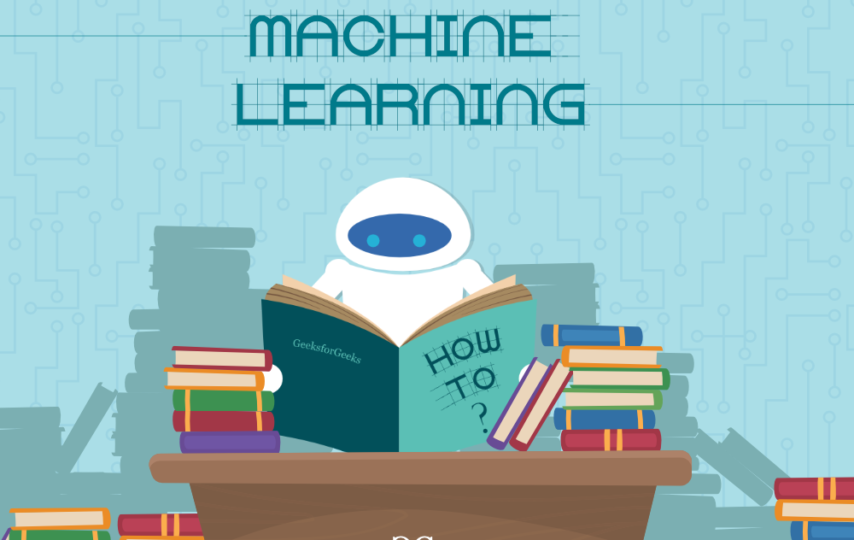Machine learning is one of the most favorite disciplines of this generation. It is something that a lot of people want to learn and be a part of and everyone reveres a professional with top notch machine learning skills. As you can imagine, it is a hard nut to crack as far as mastering machine learning is concerned. You do not really master it, you can, of course, become a very efficient practitioner who has the ability to update himself as the discipline evolves.
It is important to have a plan and get a good start. Finding and enrolling for a good machine learning online course is the easy part; you will do it anyway. However, it is important to pace yourself, study with a method, and safeguard your enthusiasm. Studying without a method, or a plan often leads to boredom, loss of interest, and half baked knowledge. This post is aimed at offering you a method and a road map.
If you do not already know Python, start with it.
It would be a good place to start. Can you not deploy machine learning algorithms with C++, or Javascript? Well, technically you can. But eight out of ten machine learners would recommend using Python and the remaining two would probably go with R. These two languages hold a superior status as far as machine learning is concerned.
Python can get a lot done very quickly. You can use the Python libraries like NumPy, Pandas, and PyTorch to full effect, while creating machine learning algorithms. However, the two Python libraries you will be using the most are Scikit Learn and Tensorflow. It contains a number of special functionalities for machine learning and deep neural network implementation.
A little more on why Python is recommended
- It has a relatively easy learning curve. The syntax is pretty simple. Python has high tolerance for error, that may be something to get around for you. Nonetheless, it is a very good starting point for a new coder.
- There are tailormade libraries for machine learning and data science work.
- It is an open source language with a buzzing, upbeat community. You can hardly stay stuck with a problem for long.
Parallelly conquer linear algebra and concepts of statistics
If you are already familiar with vectors and matrices, you can work on that foundation and acquire knowledge specific to machine learning. Does it mean that you cannot perform machine learning without being a master of linear algebra? No, it does not. However, if you do not understand the underlying concepts that make machine learning possible, you will find it hard to succeed at an advanced level.
Similarly, you will need to understand concepts like gradient descent, variability, central tendency, probability distribution, among other statistical concepts. These will help you plan and deploy algorithms from scratch.
You should allot a little time to conquering these topics while mastering Python. This method is often referred to as parallel conquering. It ensures that you do not get bored studying mathematics and statistics.
Do you understand different machine learning algorithms
There are a bunch of preset algorithms that you will use for solving different real-life problems. Each of those algorithms concur with a certain functionality. For instance, some commonly used algorithms are logistic regression, linear regression, decision tree, classification. Each of these algorithms serve certain purposes. They generally fall under three different categories of machine learning. Supervised learning, Unsupervised learning, and reinforcement learning. You will have a dose of each of these categories in most machine learning online courses.
Learn to deploy machine learning models
In this step you can learn a web application framework like Django or Flask. You would eventually have to deploy machine learning models and learning these tools will benefit you greatly.
You will find plenty of free online resources on this. Refer to them along with your machine learning course material and you should be fine.
Make a habit of reading
I started this post by saying that the key to succeeding in machine learning is updating yourself as the discipline evolves. The best way to do it is to read and practice. The moment you enter the domain of data science, there is no way forward without regular reading.
Allot 45 minutes of reading time to yourself every day. Plan what you want to read and stick to those plans. Starting a book may seem like a time consuming commitment. We recommend that you start by looking at the questions posed by the author at the end of a chapter and then look for the answers while reading the book, it will help you retain interest, and finish the book faster.





